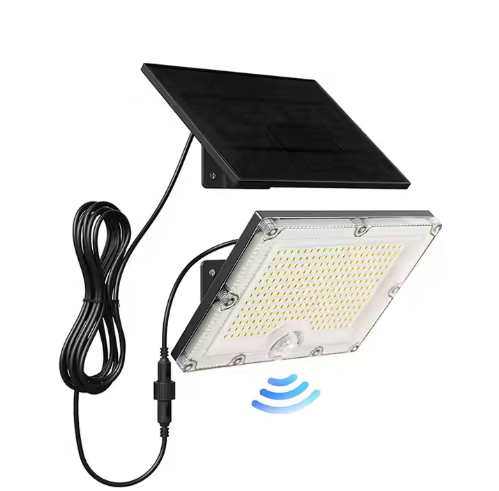How does portable solar lighting work? Does it need to be plugged in?
by
How does portable solar lighting work? Does it need to be plugged in?
Struggling with unreliable lighting in off-grid areas? Portable solar lights offer a sustainable, hassle-free solution that keeps you illuminated without wiring or electricity bills.
Portable solar lighting harnesses sunlight through solar panels, converting it into electricity stored in batteries to power LED lights at night—no plug-in required. These standalone systems provide eco-friendly illumination wherever there’s sunlight.
Transitioning to solar lighting can feel daunting, but understanding its simplicity and benefits makes it an easy choice for both urban and remote settings.
Does it light up automatically at night? Is there a light control or body sensor function?
Tired of fumbling for light switches in the dark? Modern portable solar lights eliminate this hassle with smart automation for seamless operation.
Most portable solar lights feature dusk-to-dawn sensors, turning on automatically at sunset and off at sunrise. Advanced models include motion sensors, activating only when movement is detected to save energy.
Smart Lighting Features Explained
Portable solar lights offer varying levels of automation:
-
Dusk-to-Dawn Operation
- Uses ambient light sensors to detect darkness.
- Ideal for pathways or security lighting.
-
Motion-Activated Modes
- Infrared sensors trigger lights when movement is detected.
- Perfect for driveways or entryways, reducing unnecessary power use.
-
Manual Override Options
- Some models include switches for continuous on/off control.
| Feature | Energy Use | Best Use Case |
|---|---|---|
| Dusk-to-Dawn | Moderate | Gardens, Streets |
| Motion Sensor | Low | Security, Pathways |
| Manual Control | High | Parties, Emergency |
These innovations balance convenience and efficiency, adapting to diverse needs without compromising performance.
Solar lights always stay on throughout the night.
False: Most auto-dimming or motion-sensing models conserve energy by limiting operation.
What kind of battery does the solar light use? Can the batteries be replaced?
Ever been left in the dark because your solar light’s battery died? Understanding battery types ensures longevity and easy maintenance.
Portable solar lights typically use rechargeable lithium-ion or nickel-metal hydride (NiMH) batteries. Many models allow user replacement, though some sealed units require professional servicing after 2–5 years.
Battery Performance and Replacement Guide
-
Lithium-Ion (Li-ion)
- Pros: Lightweight, long lifespan (500+ cycles), fast charging.
- Cons: Higher cost; may degrade in extreme heat.
-
Nickel-Metal Hydride (NiMH)
- Pros: Affordable, eco-friendly, performs well in cold climates.
- Cons: Shorter lifespan (~300 cycles), slower charging.
-
Lead-Acid (Rare in Modern Models)
- Bulky and less efficient but cheaper upfront.
Replacement Tips:
- Check for removable battery compartments (common in lanterns).
- Match voltage/capacity (e.g., 3.7V Li-ion).
- Dispose of old batteries at recycling centers.
All solar light batteries are non-replaceable.
False: Many brands design lights with accessible battery slots for easy swaps.
Is it an environmentally friendly product? Is it suitable for use in areas without electricity?
Concerned about your carbon footprint? Portable solar lighting cuts emissions while bringing light to energy-scarce regions—no grid required.
Portable solar lights are eco-friendly, using renewable energy and producing zero emissions. They’re ideal for off-grid areas, reducing kerosene dependency and providing safe, reliable lighting where electricity is unavailable.
Sustainability and Off-Grid Advantages
-
Environmental Benefits
- Reduces fossil fuel use (1 solar light eliminates ~200kg of CO₂/year).
- Solar panels and batteries are increasingly recyclable.
-
Social Impact
- Replaces hazardous kerosene lamps, improving air quality and safety.
- Enables education/hospitality in remote regions after sunset.
-
Practical Considerations
- Sunlight Availability: 4–6 hours of direct sun daily ensures full charge.
- Durability: Weather-resistant designs withstand rain/dust.
Solar lights are inefficient in cloudy climates.
False: Modern panels store enough energy for 1–2 nights, even with minimal sun.
Conclusion
Portable solar lights provide autonomous, eco-friendly illumination using solar power, with smart features for convenience and replaceable batteries for longevity. Perfect for on- or off-grid use.
Popular Posts
You may also be interested in:




